Презентация pedagogy lect3 1 half v09
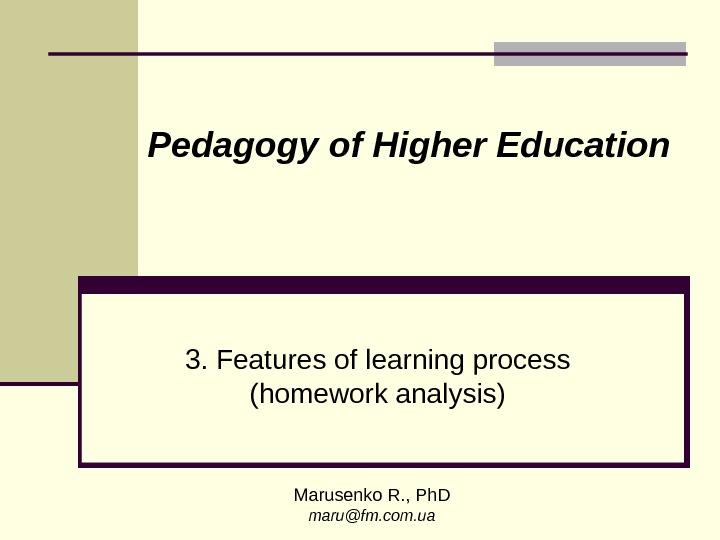
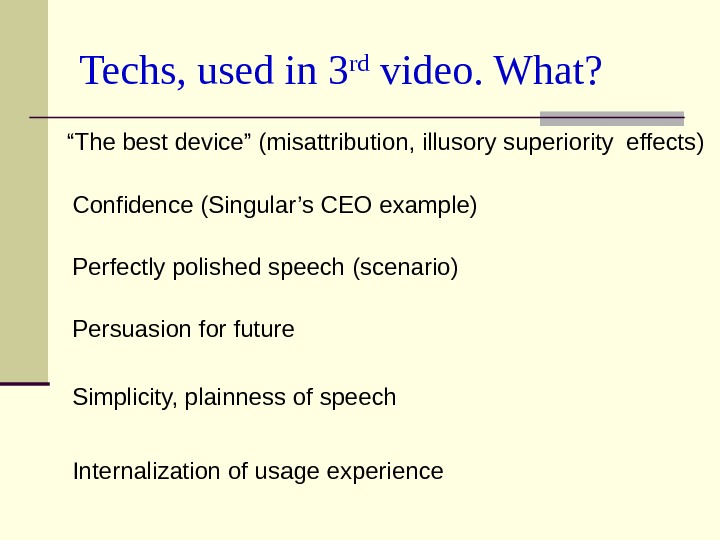
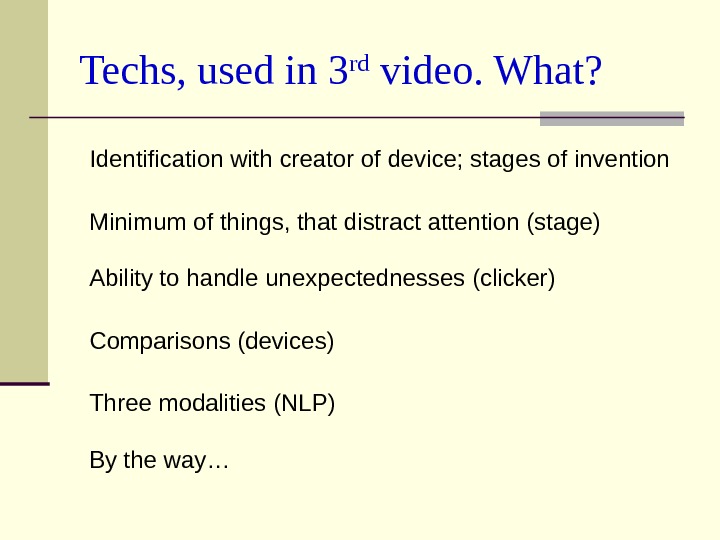
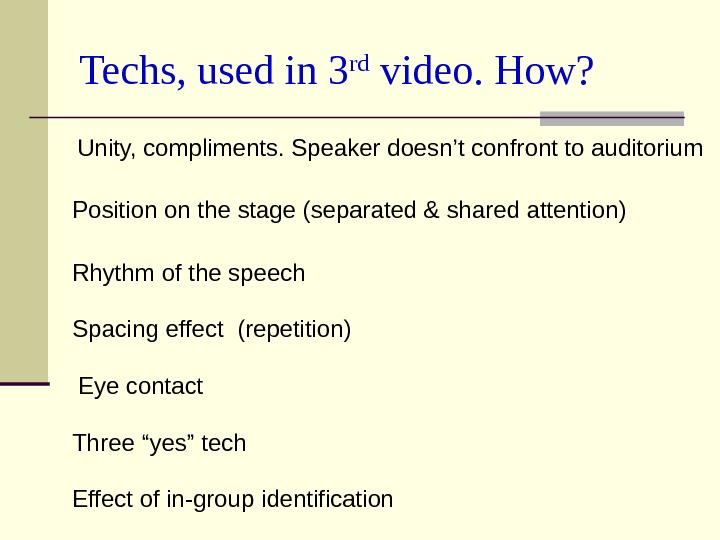
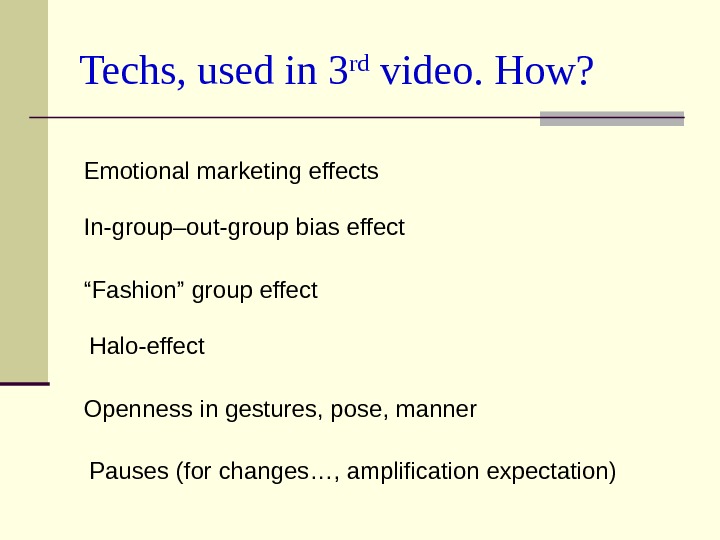
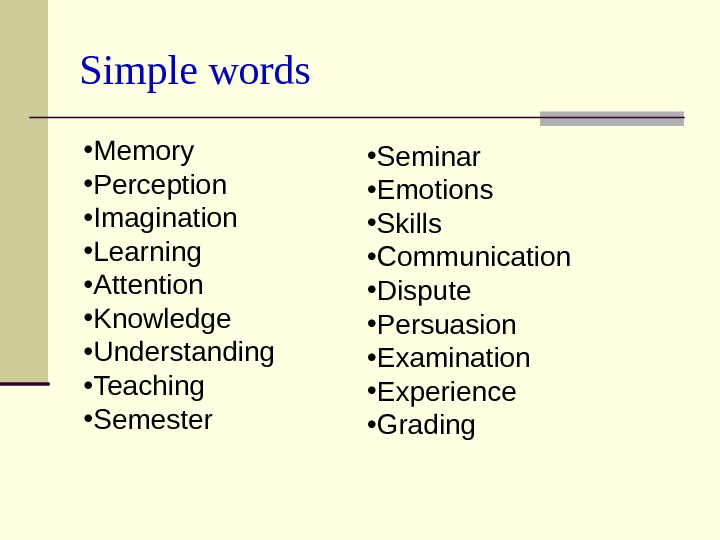
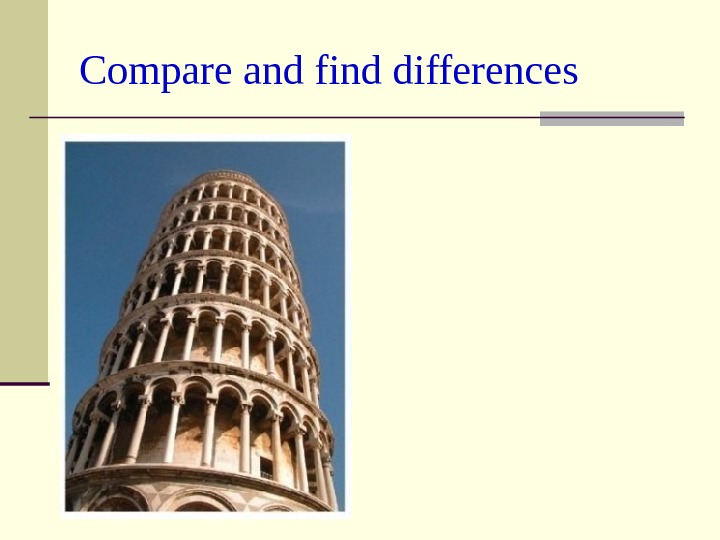
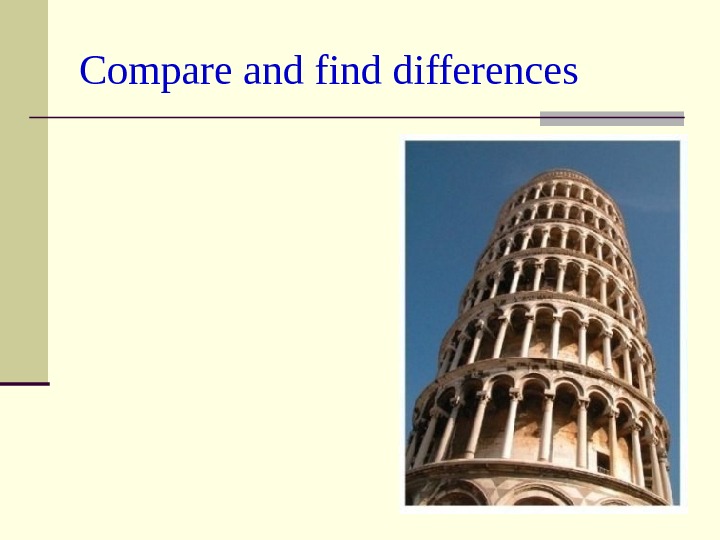
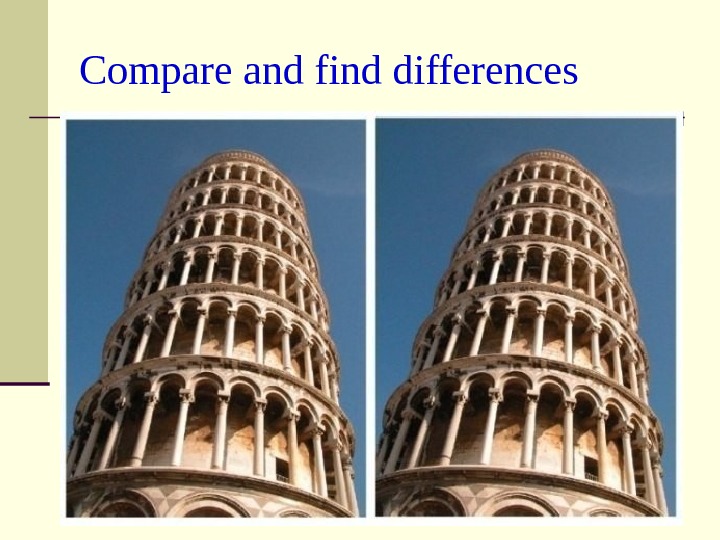
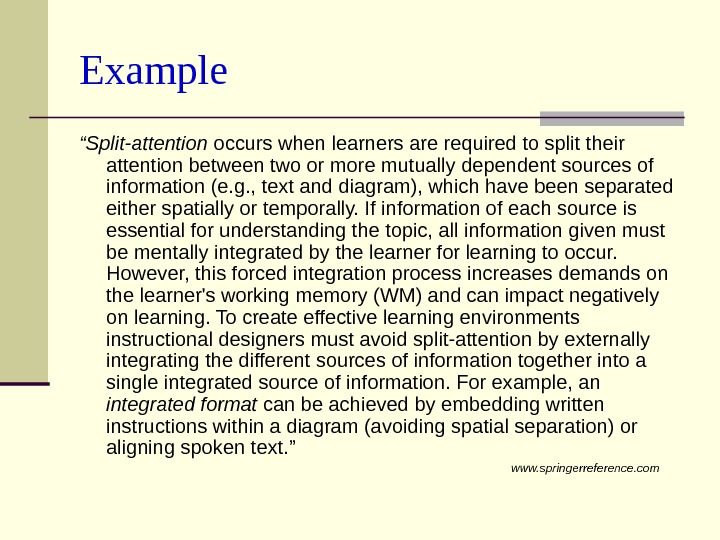
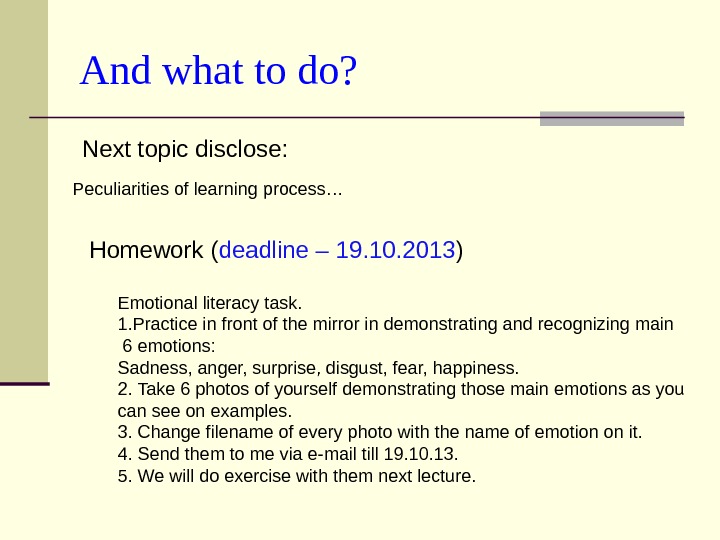
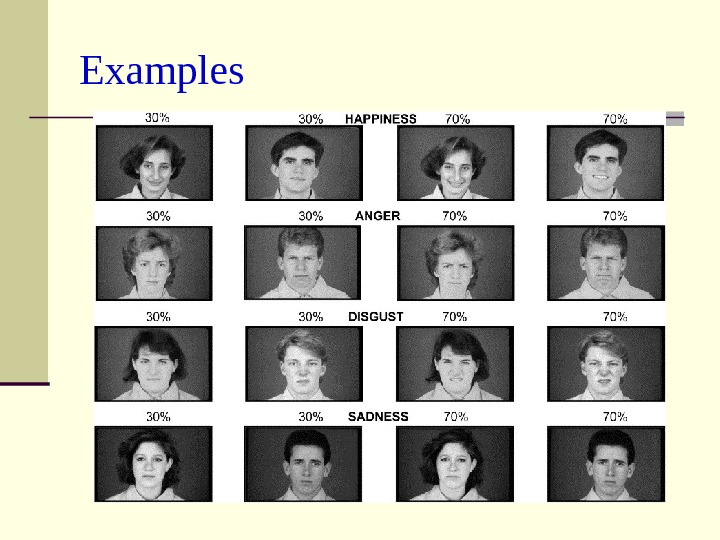
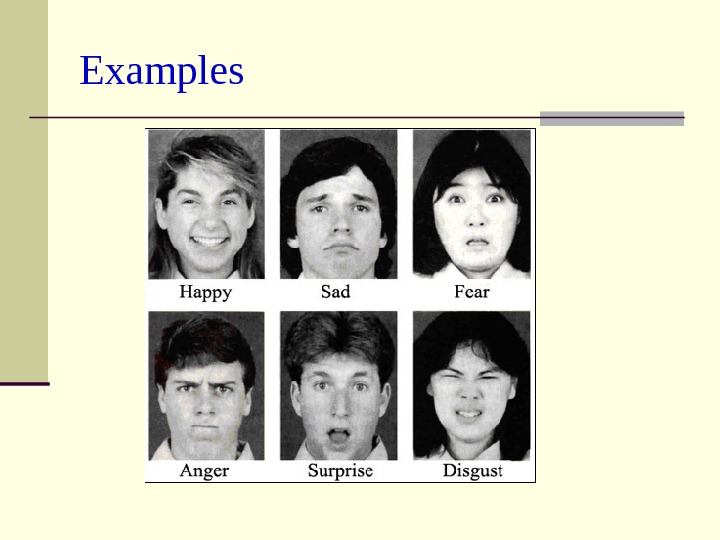
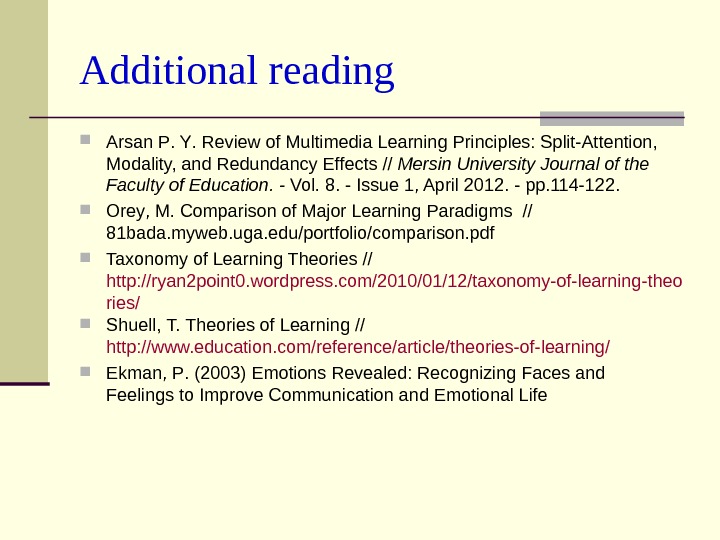
- Размер: 404.5 Кб
- Количество слайдов: 14
Описание презентации Презентация pedagogy lect3 1 half v09 по слайдам
 3. Features of learning process (homework analysis) Marusenko R. , Ph. D maru@fm. com. ua. Pedagogy of Higher Education
3. Features of learning process (homework analysis) Marusenko R. , Ph. D maru@fm. com. ua. Pedagogy of Higher Education
 Techs, used in 3 rd video. What? Persuasion for future “ The best device” (misattribution, illusory superiority effects) Simplicity, plainness of speech. Confidence (Singular’s CEO example) Perfectly polished speech (scenario) Internalization of usage experience
Techs, used in 3 rd video. What? Persuasion for future “ The best device” (misattribution, illusory superiority effects) Simplicity, plainness of speech. Confidence (Singular’s CEO example) Perfectly polished speech (scenario) Internalization of usage experience
 Techs, used in 3 rd video. What? Identification with creator of device; stages of invention Minimum of things, that distract attention (stage) Ability to handle unexpectedness es (clicker) Comparisons (devices) Three modalities (NLP) By the way…
Techs, used in 3 rd video. What? Identification with creator of device; stages of invention Minimum of things, that distract attention (stage) Ability to handle unexpectedness es (clicker) Comparisons (devices) Three modalities (NLP) By the way…
 Techs, used in 3 rd video. How? Eye contact. Unity, compliments. Speaker doesn’t confront to auditorium Effect of in-group identification. Rhythm of the speech Spacing effect (repetition)Position on the stage (separated & shared attention) Three “yes” tech
Techs, used in 3 rd video. How? Eye contact. Unity, compliments. Speaker doesn’t confront to auditorium Effect of in-group identification. Rhythm of the speech Spacing effect (repetition)Position on the stage (separated & shared attention) Three “yes” tech
 Techs, used in 3 rd video. How? Openness in gestures, pose, manner “ Fashion” group effect Halo-effect. I n-group–out-group bias effect Emotional marketing effects Pauses (for changes…, amplification expectation)
Techs, used in 3 rd video. How? Openness in gestures, pose, manner “ Fashion” group effect Halo-effect. I n-group–out-group bias effect Emotional marketing effects Pauses (for changes…, amplification expectation)
 Simple words • Seminar • Emotions • Skills • Communication • Dispute • Persuasion • Examination • Experience • Grading • Memory • Perception • Imagination • Learning • Attention • Knowledge • Understanding • Teaching • Semester
Simple words • Seminar • Emotions • Skills • Communication • Dispute • Persuasion • Examination • Experience • Grading • Memory • Perception • Imagination • Learning • Attention • Knowledge • Understanding • Teaching • Semester
 Compare and find differences
Compare and find differences
 Compare and find differences
Compare and find differences
 Compare and find differences
Compare and find differences
 Example “ Split-attention occurs when learners are required to split their attention between two or more mutually dependent sources of information (e. g. , text and diagram), which have been separated either spatially or temporally. If information of each source is essential for understanding the topic, all information given must be mentally integrated by the learner for learning to occur. However, this forced integration process increases demands on the learner’s working memory (WM) and can impact negatively on learning. To create effective learning environments instructional designers must avoid split-attention by externally integrating the different sources of information together into a single integrated source of information. For example, an integrated format can be achieved by embedding written instructions within a diagram (avoiding spatial separation) or aligning spoken text. ” www. springerreference. com
Example “ Split-attention occurs when learners are required to split their attention between two or more mutually dependent sources of information (e. g. , text and diagram), which have been separated either spatially or temporally. If information of each source is essential for understanding the topic, all information given must be mentally integrated by the learner for learning to occur. However, this forced integration process increases demands on the learner’s working memory (WM) and can impact negatively on learning. To create effective learning environments instructional designers must avoid split-attention by externally integrating the different sources of information together into a single integrated source of information. For example, an integrated format can be achieved by embedding written instructions within a diagram (avoiding spatial separation) or aligning spoken text. ” www. springerreference. com
 And what to do? Next topic disclose: Peculiarities of learning process… Homework ( deadline – 19. 10. 2013 ) Emotional literacy task. 1. Practice in front of the mirror in demonstrating and recognizing main 6 emotions: Sadness, anger, surprise, disgust, fear, happiness. 2. Take 6 photos of yourself demonstrating those main emotions as you can see on examples. 3. Change filename of every photo with the name of emotion on it. 4. Send them to me via e-mail till 19. 10. 13. 5. We will do exercise with them next lecture.
And what to do? Next topic disclose: Peculiarities of learning process… Homework ( deadline – 19. 10. 2013 ) Emotional literacy task. 1. Practice in front of the mirror in demonstrating and recognizing main 6 emotions: Sadness, anger, surprise, disgust, fear, happiness. 2. Take 6 photos of yourself demonstrating those main emotions as you can see on examples. 3. Change filename of every photo with the name of emotion on it. 4. Send them to me via e-mail till 19. 10. 13. 5. We will do exercise with them next lecture.
 Examples
Examples
 Examples
Examples
 Additional reading A rsan P. Y. Review of Multimedia Learning Principles: Split-Attention, Modality, and Redundancy Effects // Mersin University Journal of the Faculty of Education. — Vol. 8. — Issue 1, April 2012. — pp. 114 -122. Orey , M. Comparison of Major Learning Paradigms // 8 1 bada. myweb. uga. edu/portfolio/comparison. pdf Taxonomy of Learning Theories // http: //ryan 2 point 0. wordpress. com/2010/01/12/taxonomy-of-learning-theo ries/ Shuell , T. Theories of Learning // http: //www. education. com/reference/article/theories-of-learning/ Ekman , P. (2003) Emotions Revealed: Recognizing Faces and Feelings to Improve Communication and Emotional Life
Additional reading A rsan P. Y. Review of Multimedia Learning Principles: Split-Attention, Modality, and Redundancy Effects // Mersin University Journal of the Faculty of Education. — Vol. 8. — Issue 1, April 2012. — pp. 114 -122. Orey , M. Comparison of Major Learning Paradigms // 8 1 bada. myweb. uga. edu/portfolio/comparison. pdf Taxonomy of Learning Theories // http: //ryan 2 point 0. wordpress. com/2010/01/12/taxonomy-of-learning-theo ries/ Shuell , T. Theories of Learning // http: //www. education. com/reference/article/theories-of-learning/ Ekman , P. (2003) Emotions Revealed: Recognizing Faces and Feelings to Improve Communication and Emotional Life
